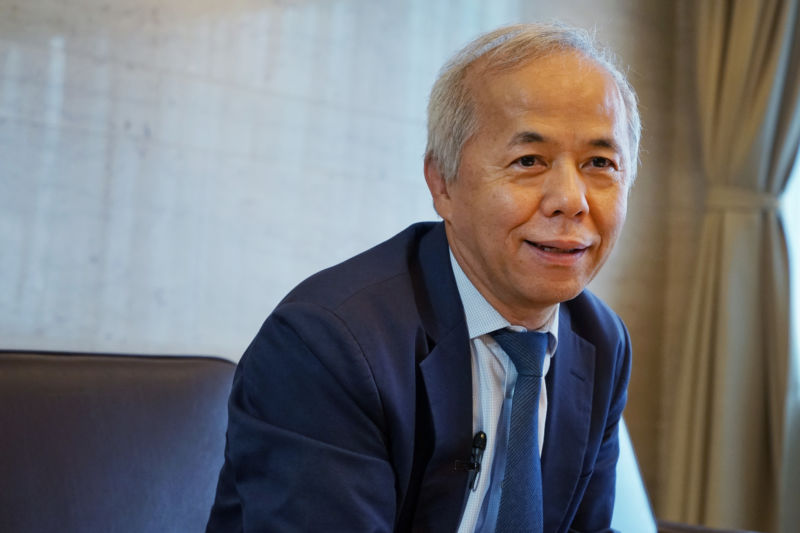An insider’s perspective on Fukushima and everything that came after

Enlarge / Naomi Hirose, vice chairman of Tokyo Electric Power Co. Holdings Inc. (TEPCO). (credit: Bloomberg/Getty Images)
The meltdown of the reactors at Fukushima Daichi has changed how many people view the risks of nuclear power, causing countries around the world to revise their plans for further construction and revisit the safety regulations for existing plants. The disaster also gave the world a first-hand view of the challenges of managing accidents in the absence of a functional infrastructure and the costs when those accidents occur in a densely populated, fully developed nation.
Earlier this week, New York's Japan Society hosted a man with a unique perspective on all of this. Naomi Hirose was an executive at Tokyo Electric Power Company (TEPCO) when the meltdown occurred, and he became its CEO while he was struggling to get the recovery under control. Ars attended Hirose's presentation and had the opportunity to interview him. Because the two discussions partly overlapped, we'll include information from both below.
The accident and safetyDuring his presentation, Hirose noted that the epicenter of 2011's TAhoku earthquake was only 180 kilometers from Fukushima. But initially, safety protocols kicked in; called a scram, the protocols led to control rods being inserted into the reactors to shut down the nuclear reactions and bring the plant to a halt. Since this had happened previously in response to earthquakes, Hirose said people were feeling confident the situation was under control.
Read 19 remaining paragraphs | Comments